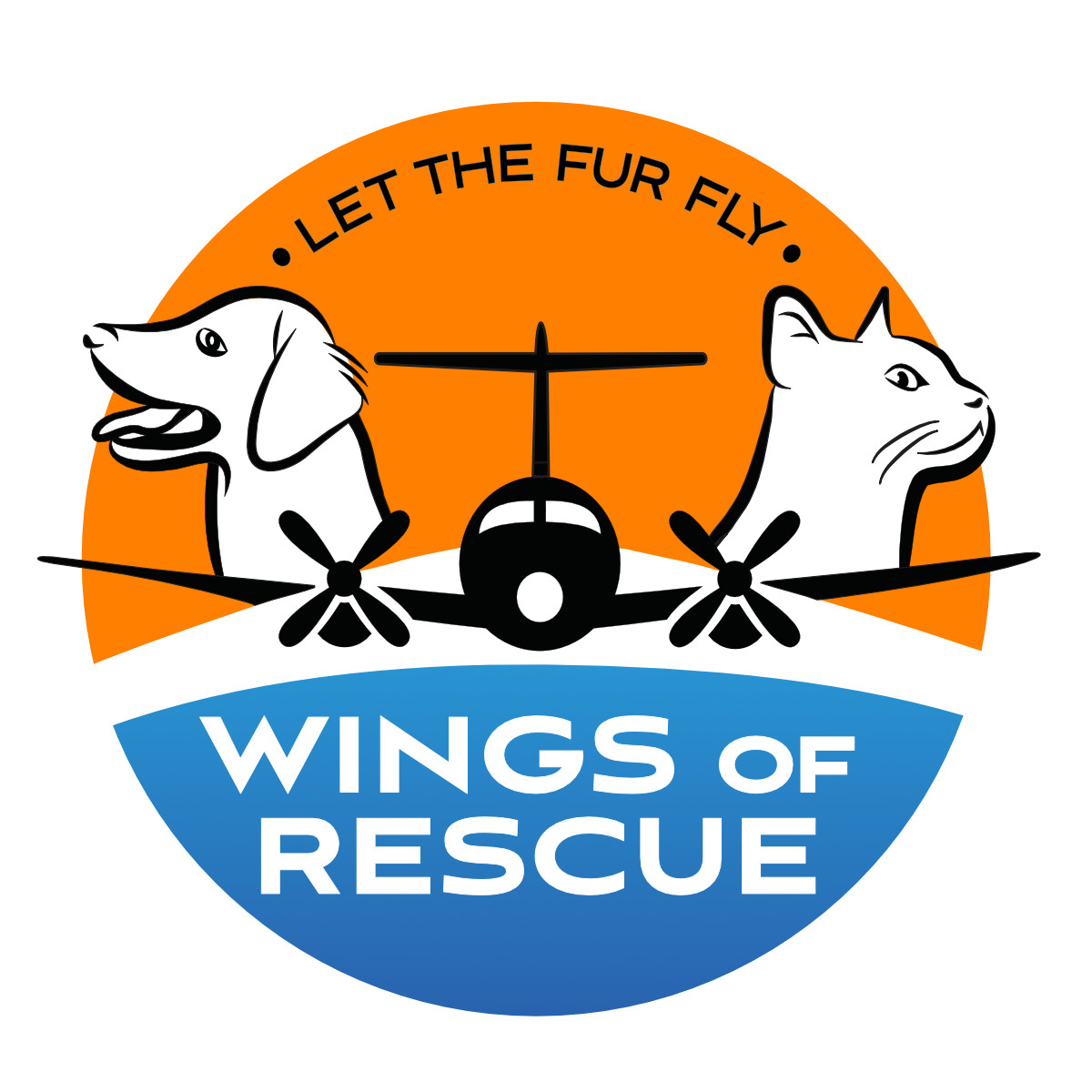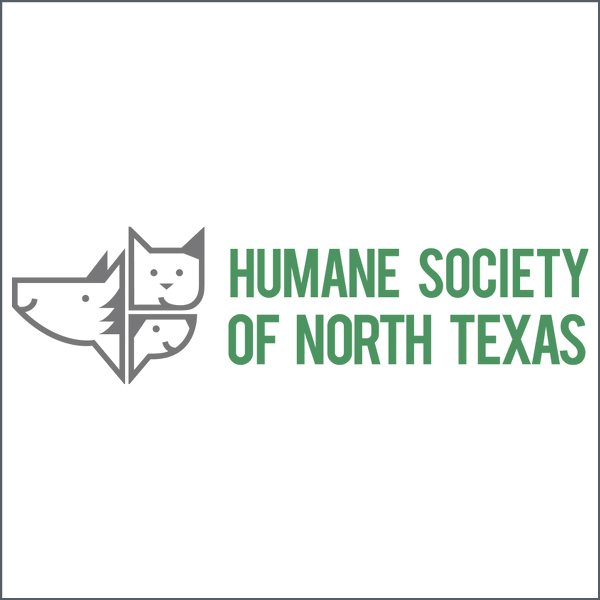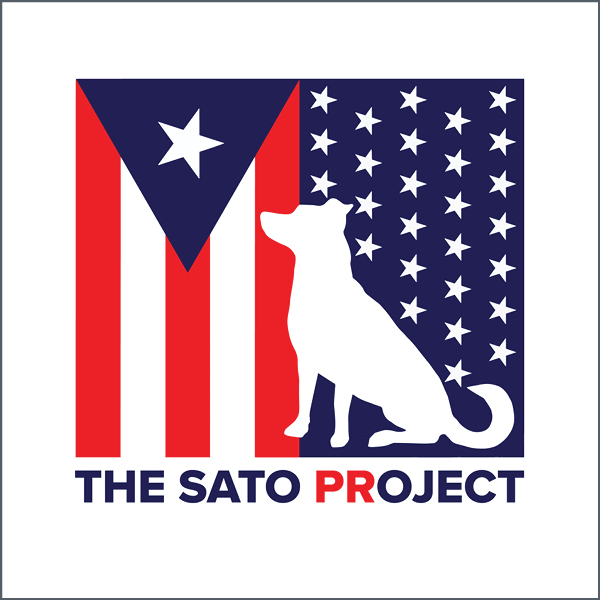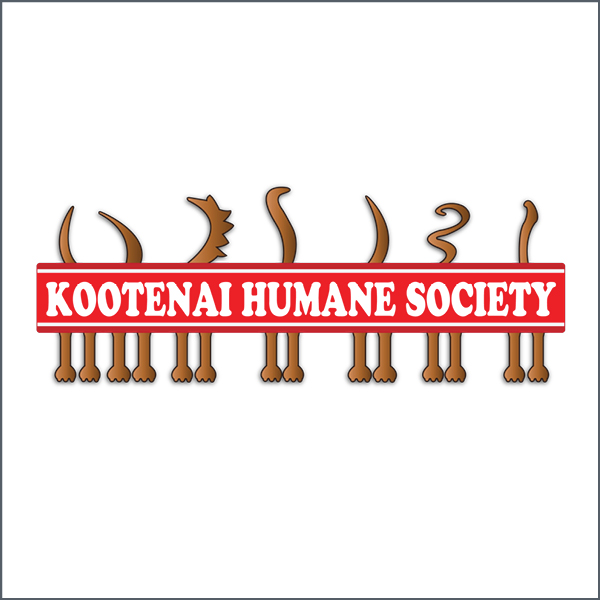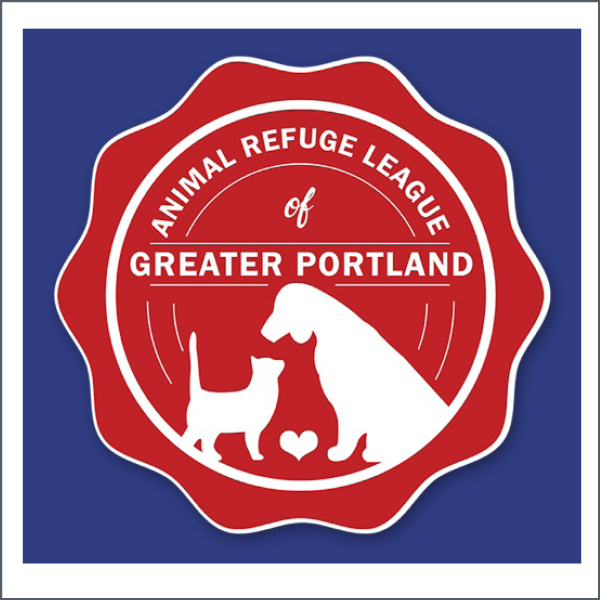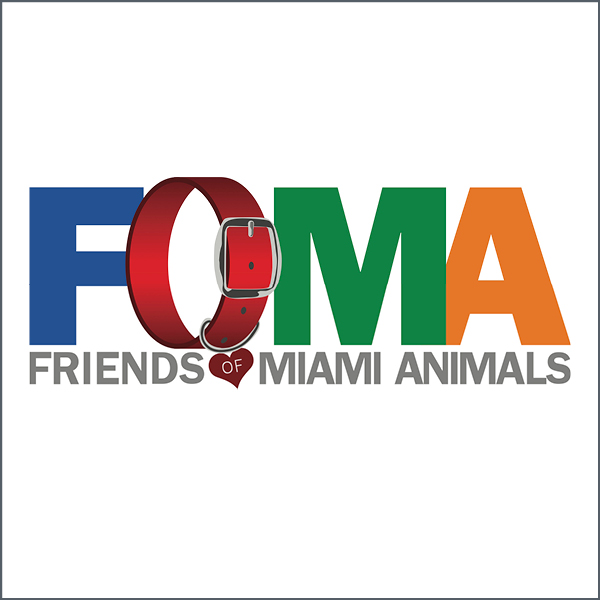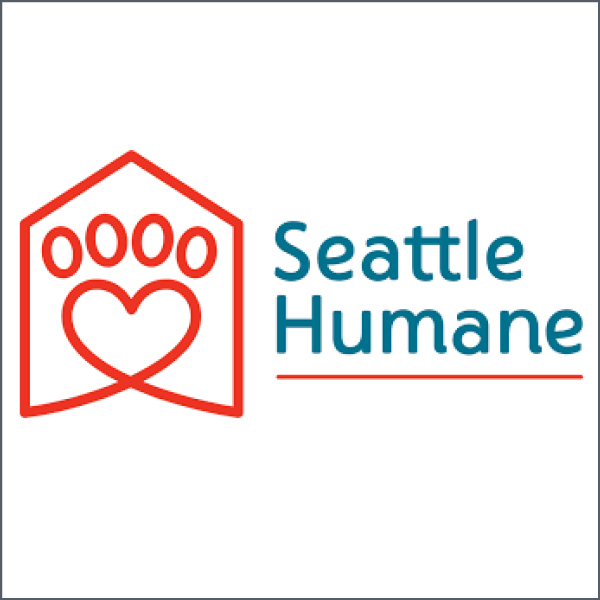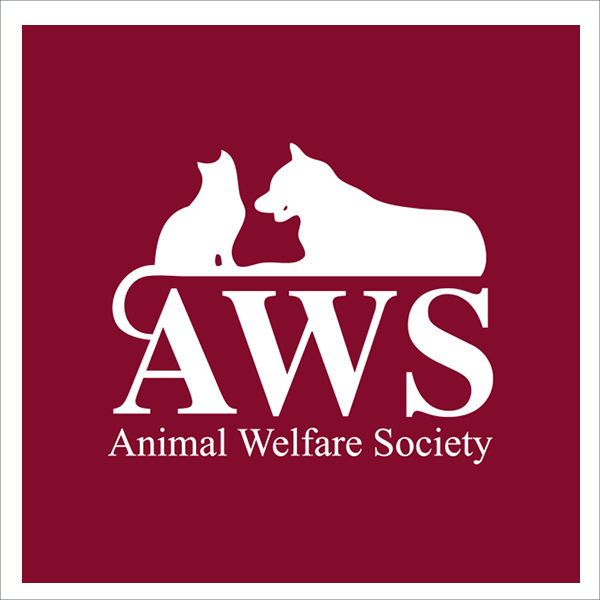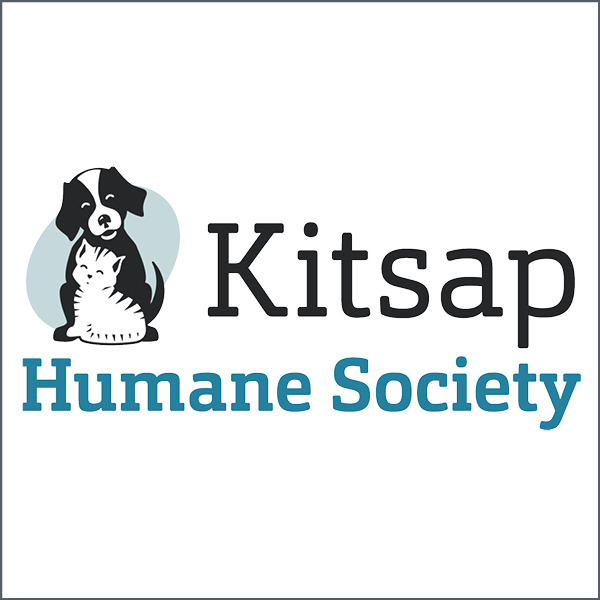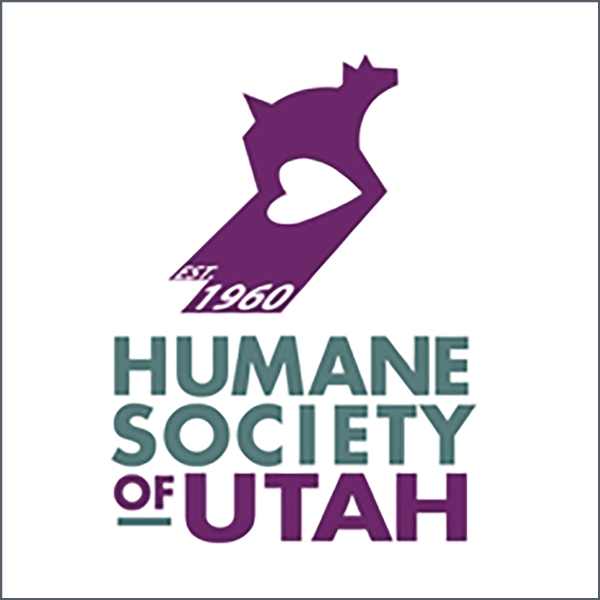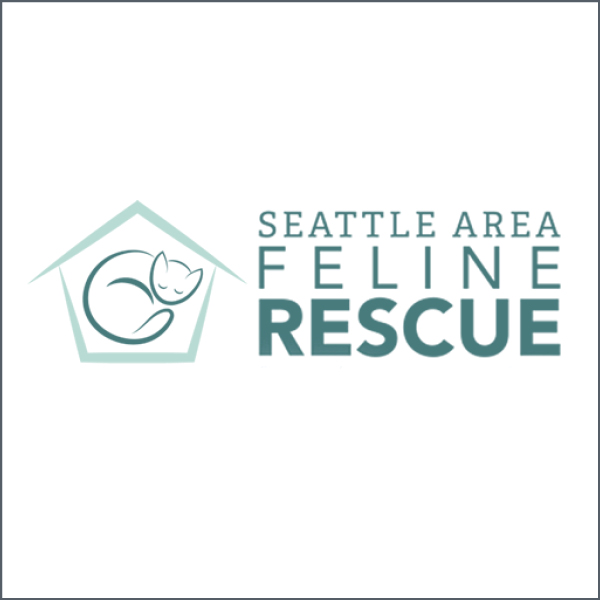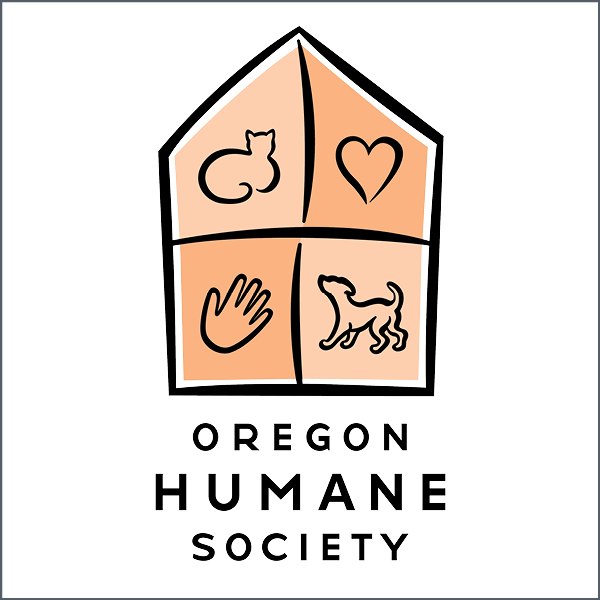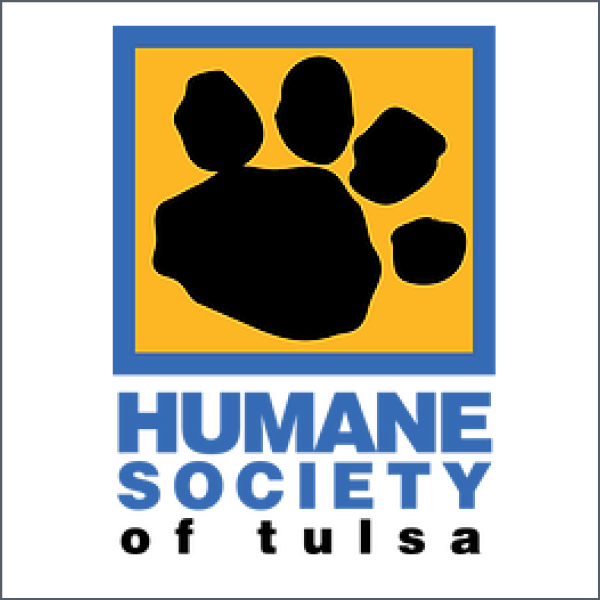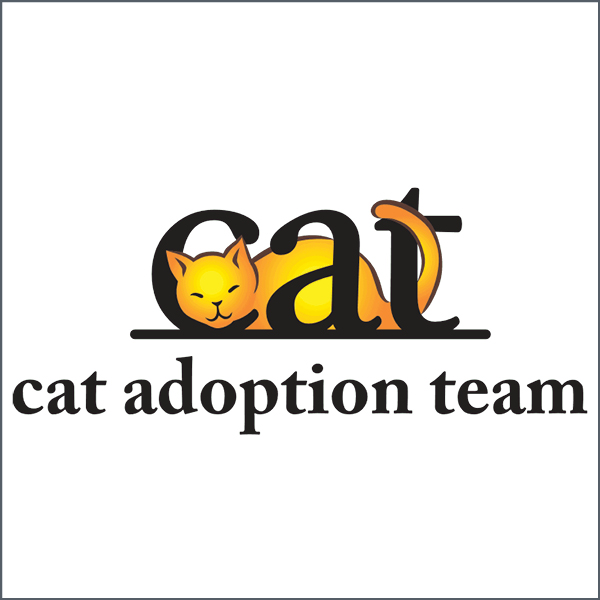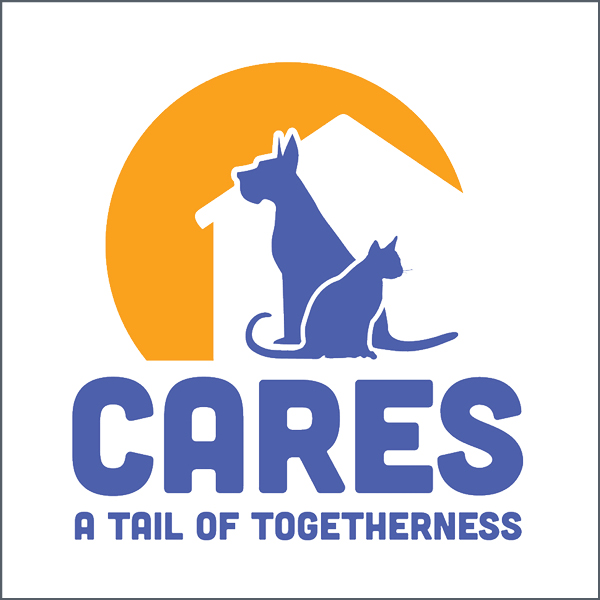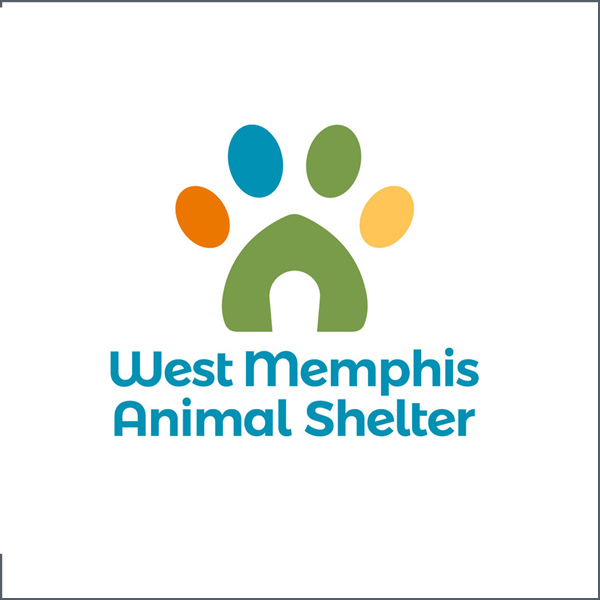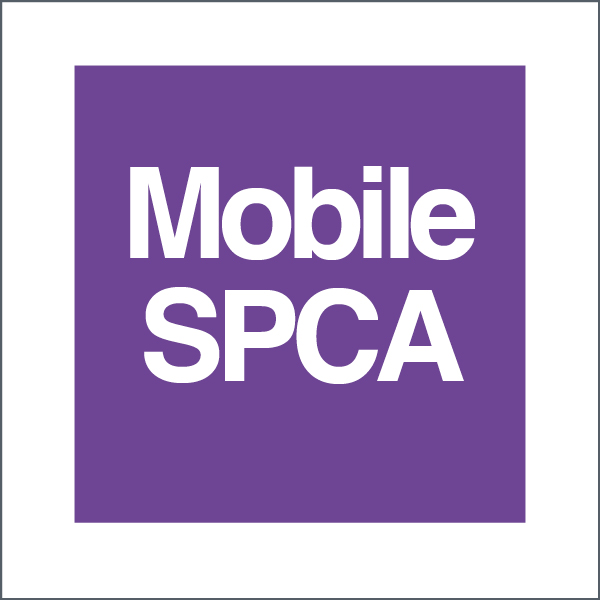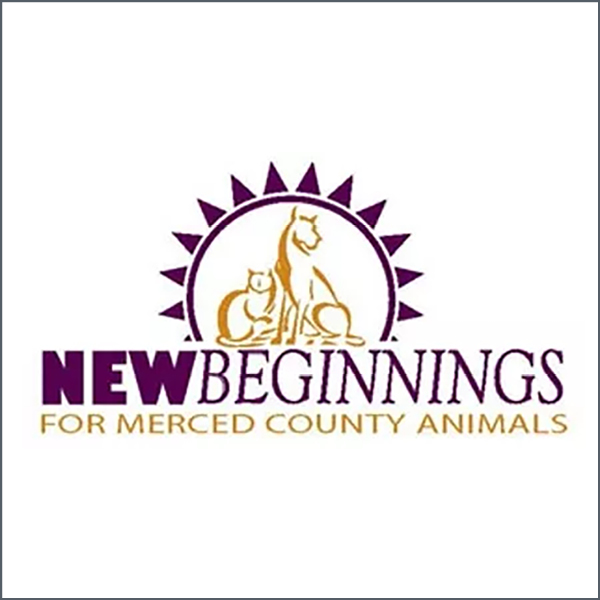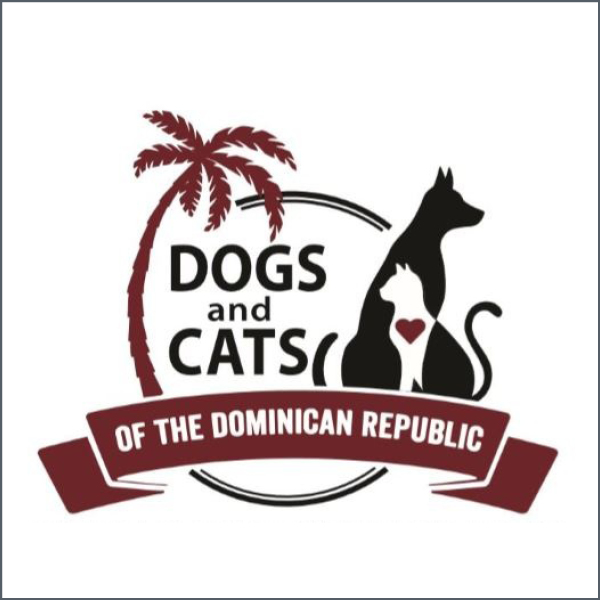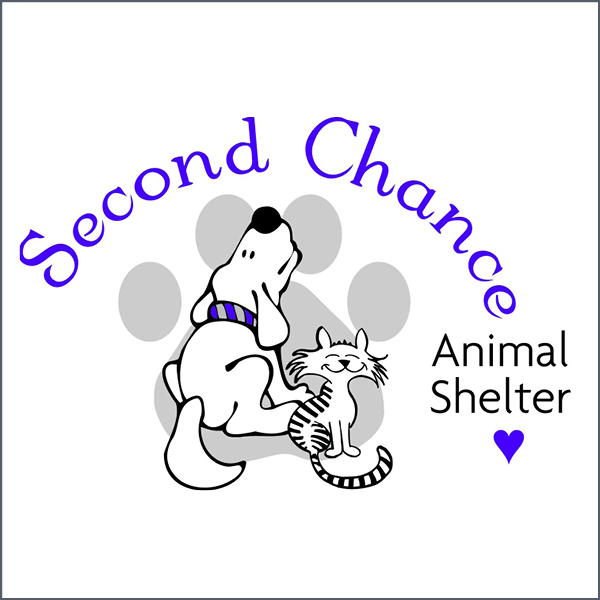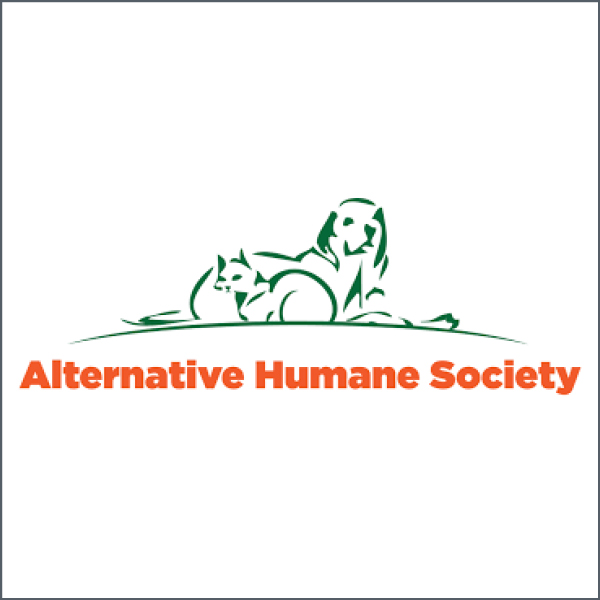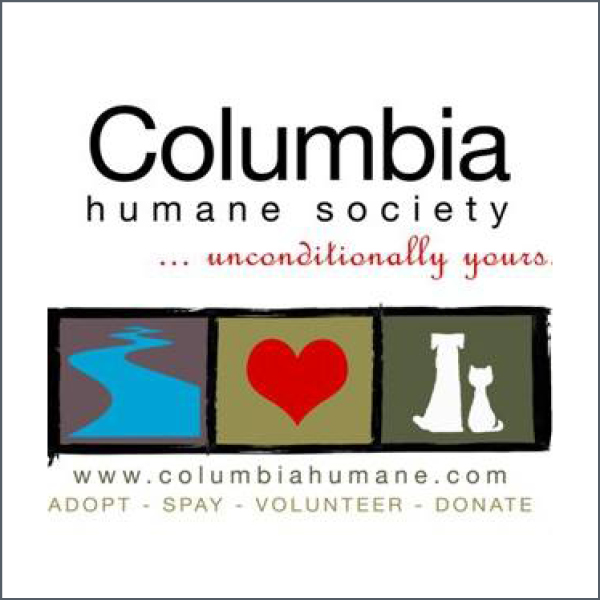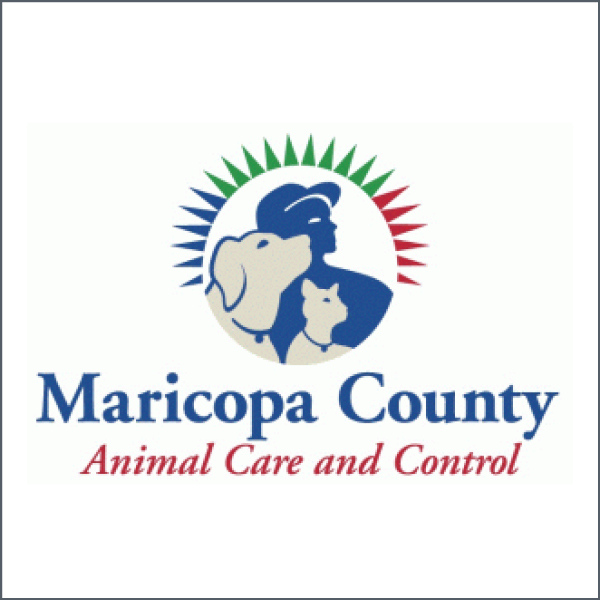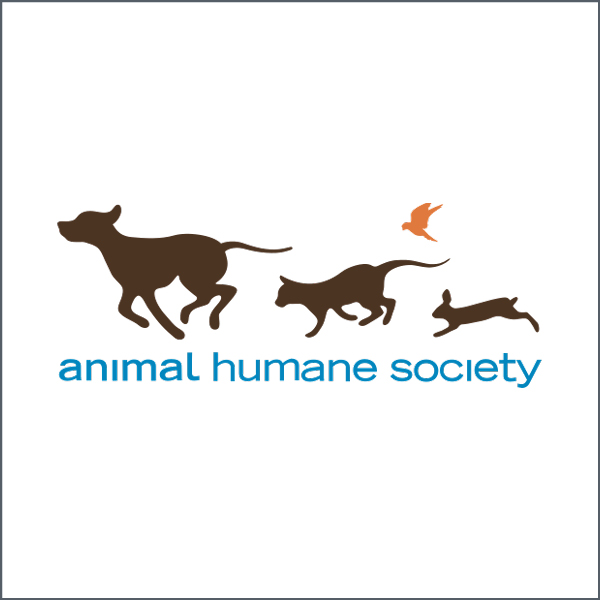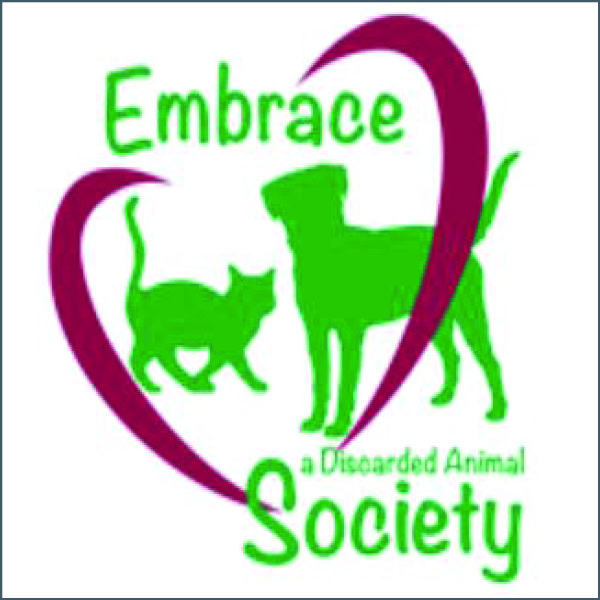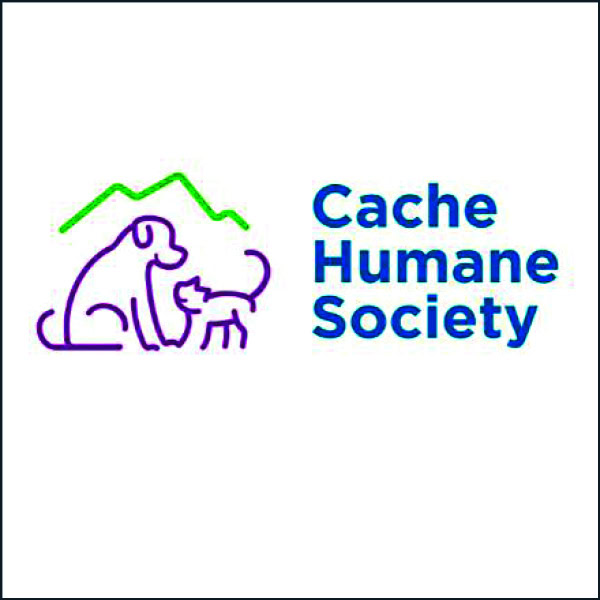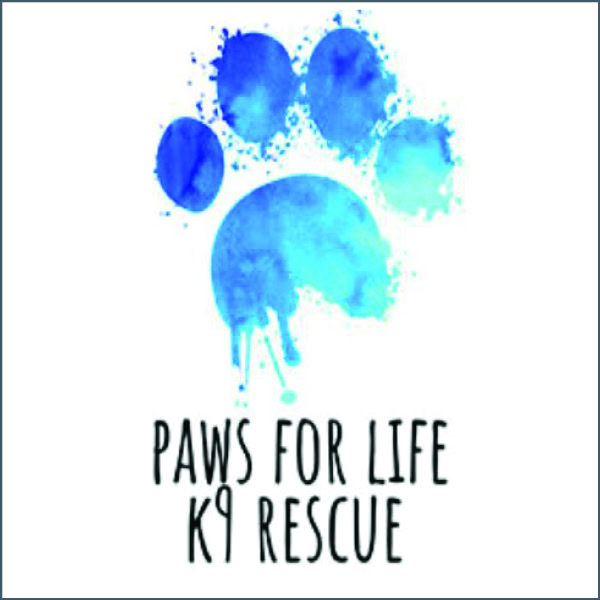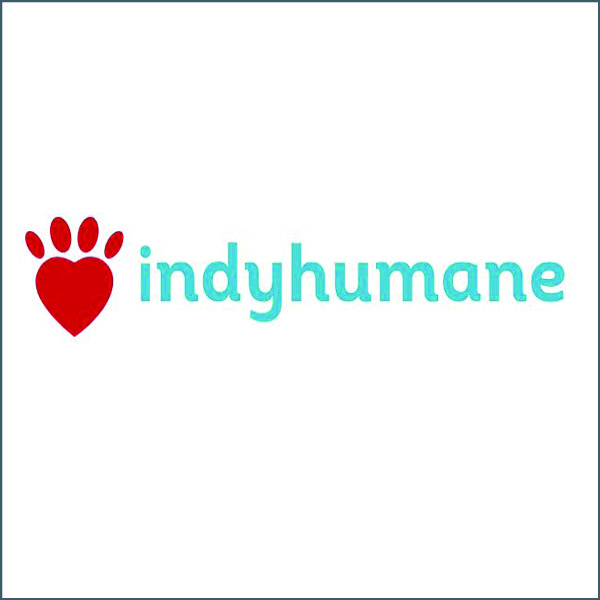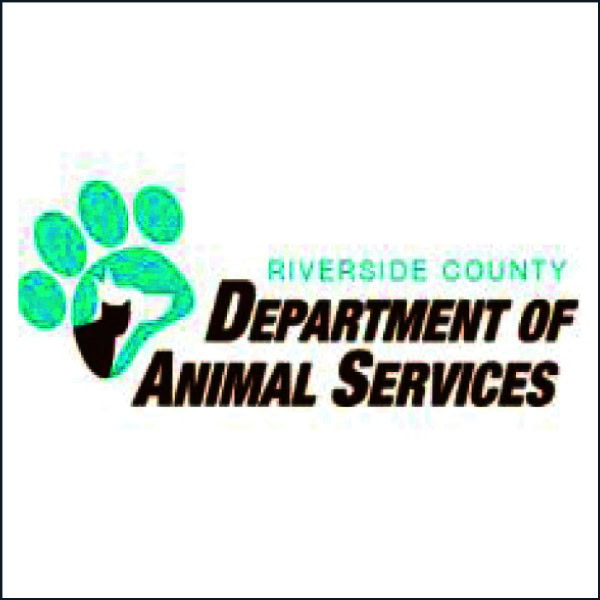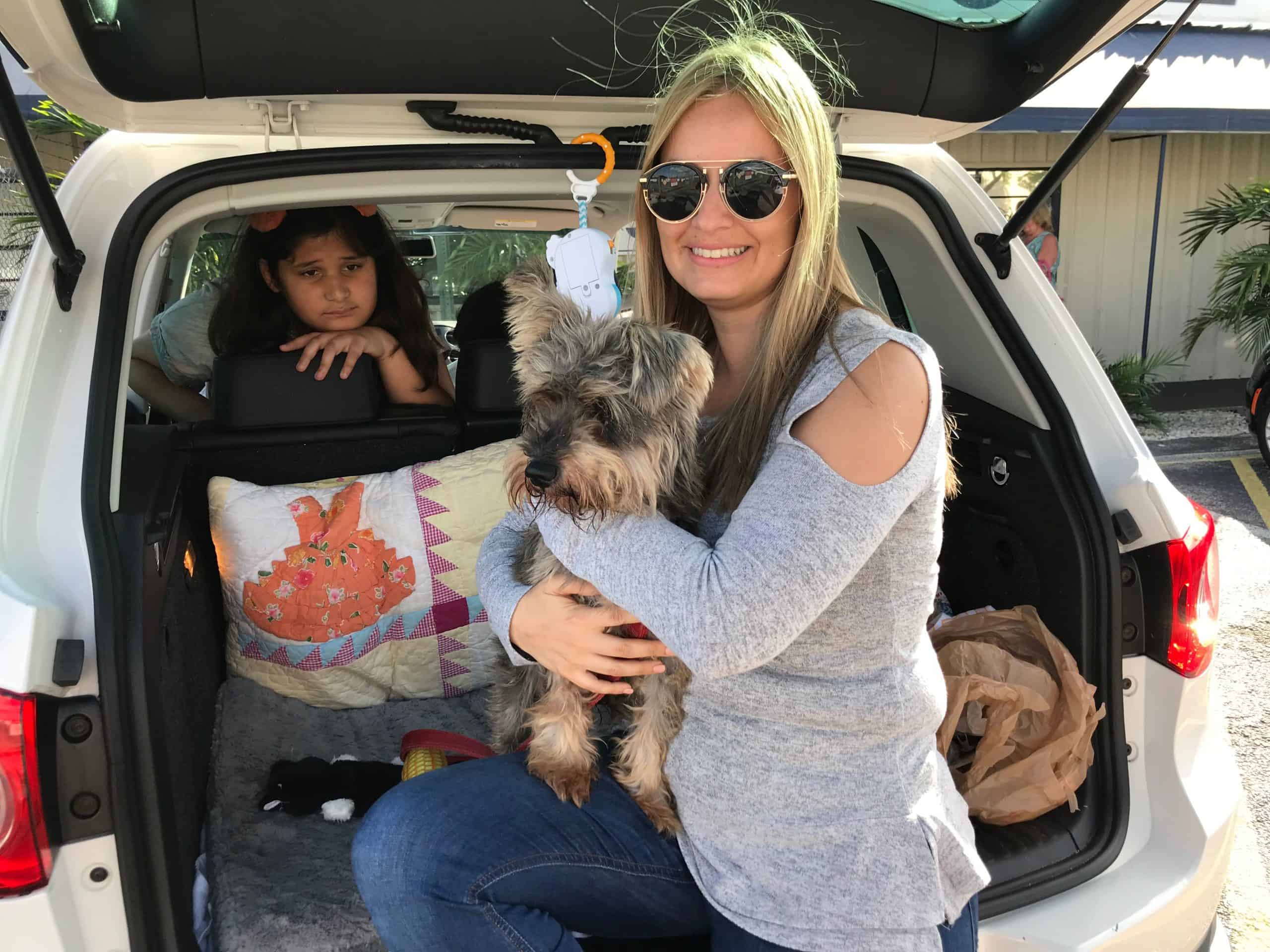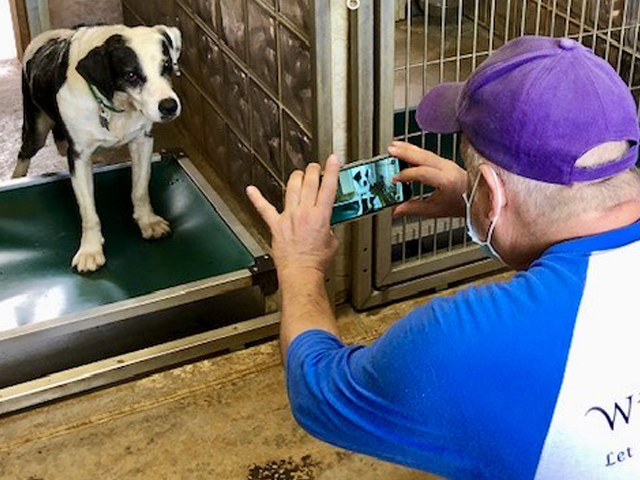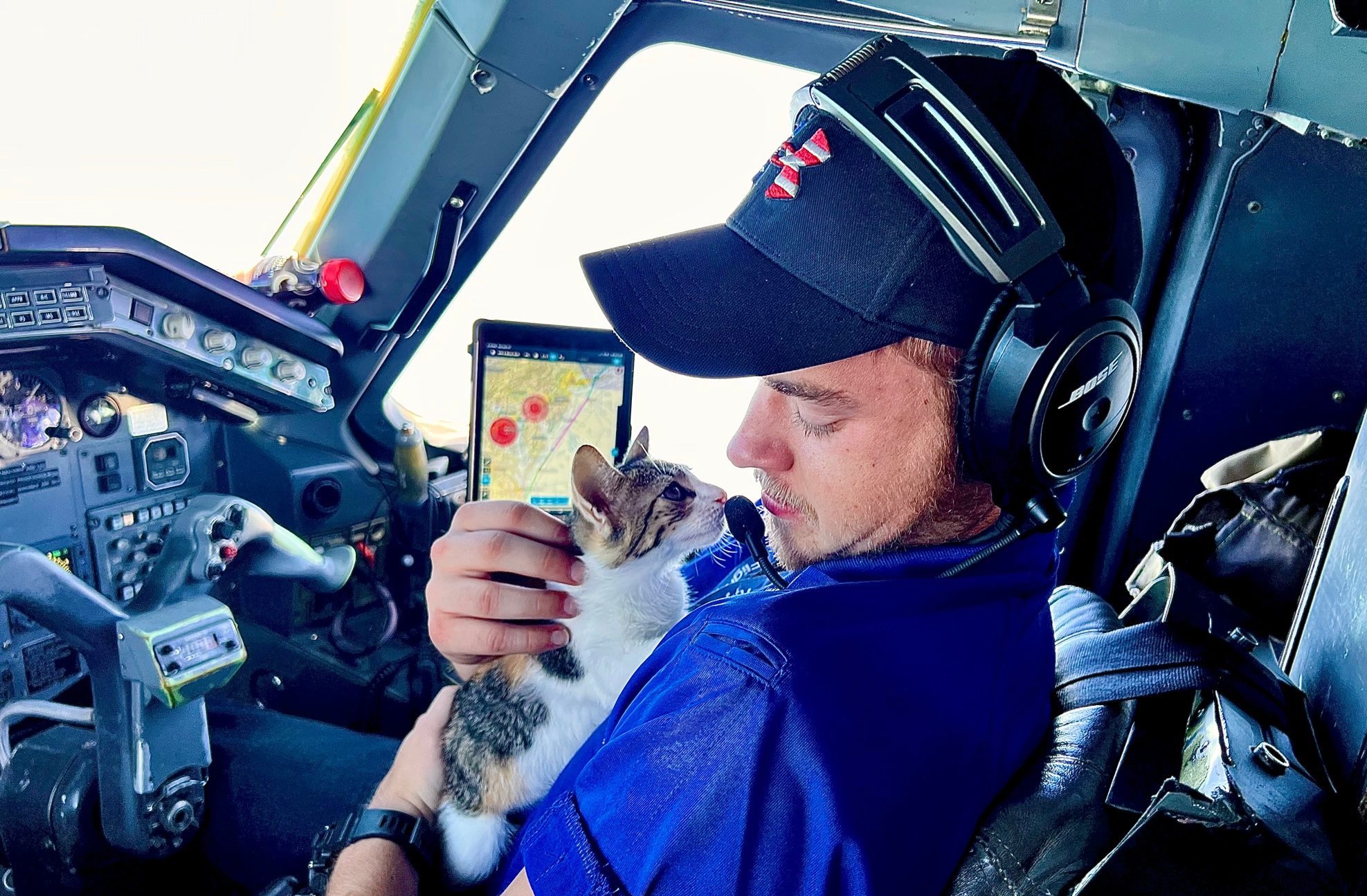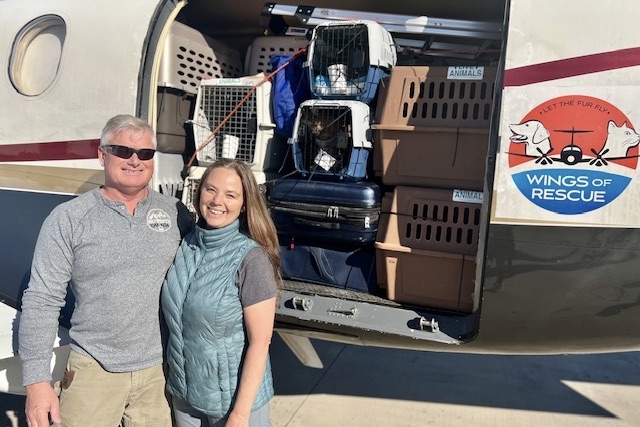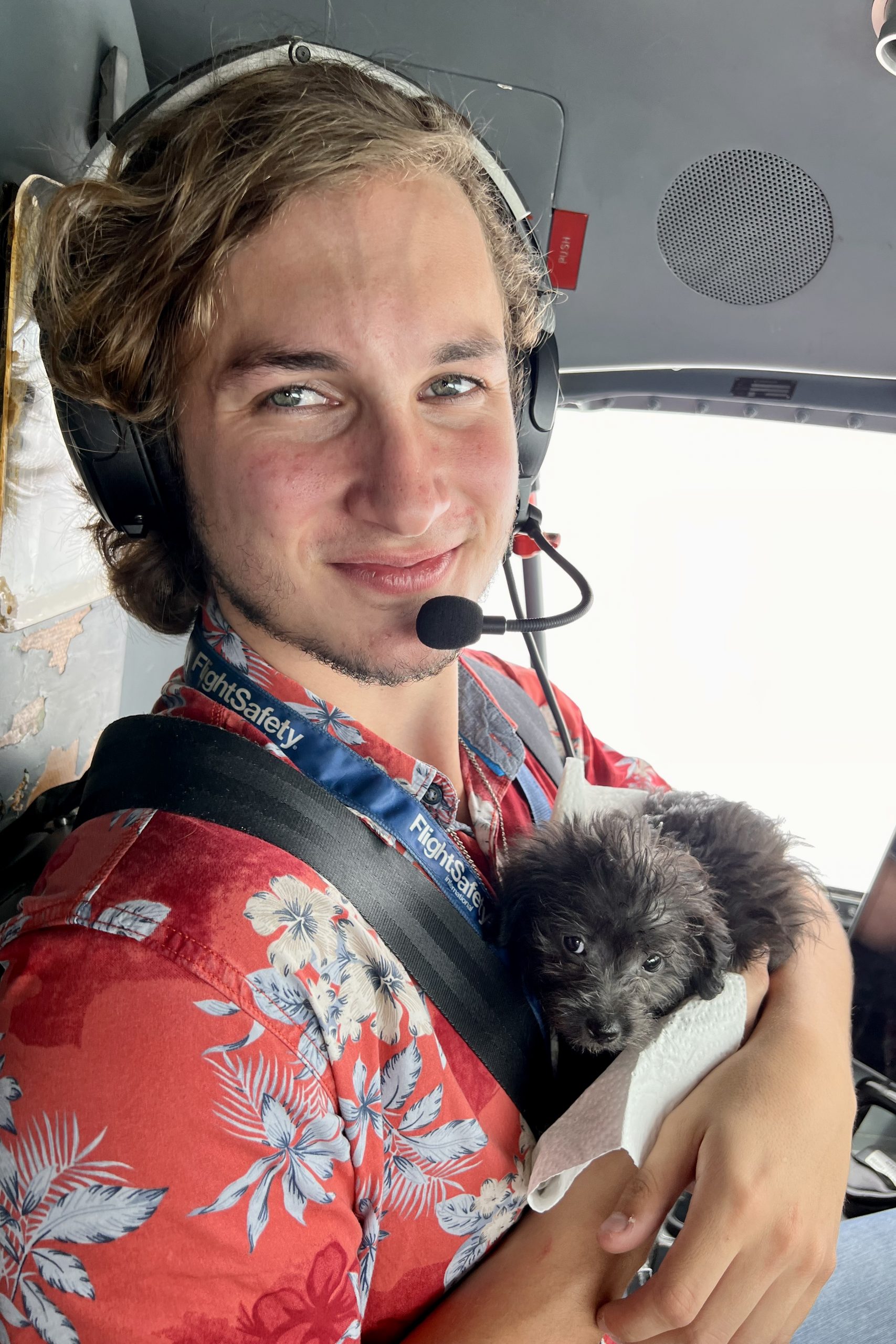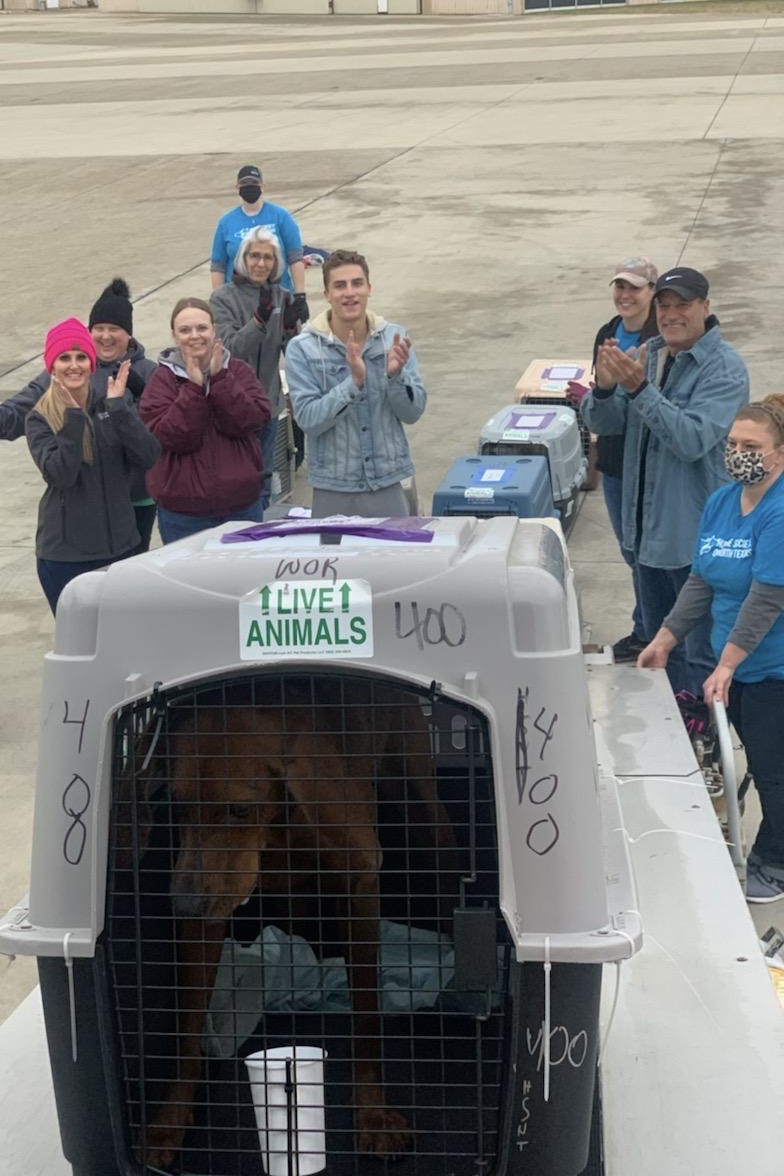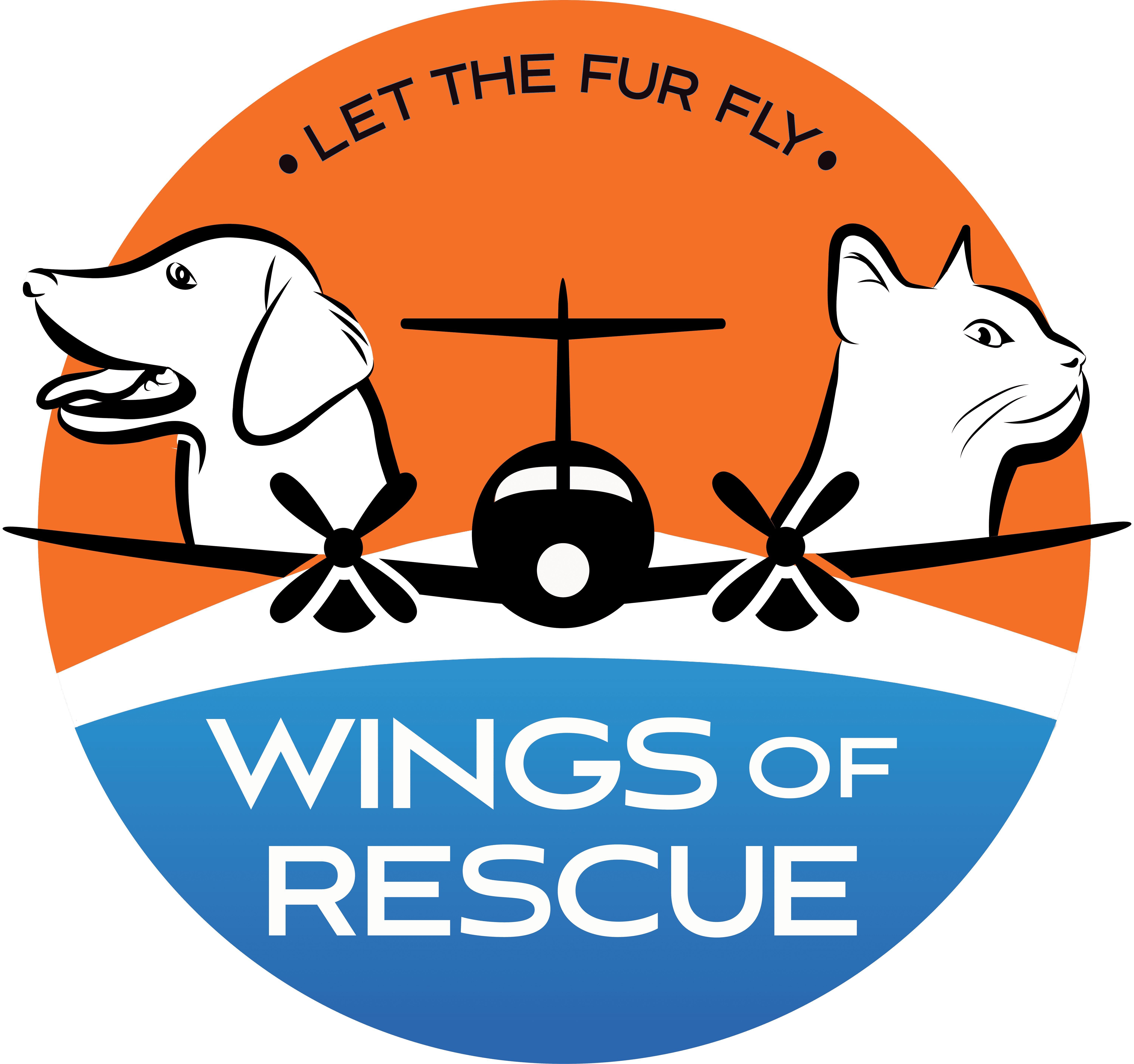On the Ground and in the Air, it Takes a Network
We provide a valuable service flying unwanted pets from at-risk situations to the safety of shelters where space and available adopters are plentiful. Our role, however, is just one step in the many it takes to plan, coordinate and execute a successful transfer. We depend greatly on the support of our partner shelters and rescue groups on both ends of our flights, as well as the ongoing support and generosity of corporate sponsors and national rescue organizations. Additionally, when we fly humanitarian and veterinarian aid to communities stricken by disaster, we rely on a host of partners and donors to fill our planes with much-needed supplies, medicine, food and other items for distribution at our destination.
Just Some of the Many Partner Organizations We Depend On:
Our Selection Process is Transparent
We use the utmost care in selecting the pets we fly. First, we make sure that the pet has truly been abandoned and has no one looking for them. The sending shelters must verify that the pet has passed his/her stray hold and is considered abandoned. In disasters we will not fly any pet until he/she has been held for 30 days – to make sure that his/her owner has had sufficient time to reclaim their pet. The last thing we want is to fly someone’s beloved pet.
We’ve Developed Industry-Wide Protocols
Wings of Rescue worked closely with the ASPCA to come up with the best medical protocols for the pets we transport. All dogs, including puppies with moms, must be vaccinated upon intake or at 4 weeks of age, whichever occurs first, with a modified live virus vaccine containing, at minimum, distemper, adenovirus, and parvovirus. In addition, all dogs must receive an intranasal vaccine containing Bordetella with parainfluenza.
Cat’s Deserve Special Guidelines
All cats, including kittens with moms, must be vaccinated upon intake or at 4 weeks of age, whichever occurs first, with an injectable modified live virus vaccine containing, at minimum, panleukopenia, feline viral rhinotracheitis (herpesvirus), and feline calicivirus.
Our Planes and Pilots are Pet Friendly
Pets travel on a pressurized plane in the same temperature controlled cabin as the flight crew, and never in a cargo hold. Our average flight covers 1,200 miles and takes around 4 hours, as opposed to the two days it would take if the pets were driven. Consequently, our passengers arrive at their destinations quicker, less stressed and healthier than pets driven long distances – and the average length of stay in their new shelters is only 3 1/2 days from the time they are made available for adoption.
Q: Can you fly my pet somewhere for me?
A: No, unfortunately we are unable to transport individual pets and only work directly with shelters. We do, however, occasionally re-unite pets and their guardians when they are unnaturally separated and can be brought together as part of an existing rescue mission run in conjunction with one of our shelter partners.
Q: Isn’t it stressful for a pet to fly on an airplane?
A: No. In fact, the stress from flying is usually far less than being in an overcrowded shelter. We believe there is nothing more stressful to a pet than being unwanted, homeless and abandoned to fend for themselves on the street, or left in a kennel for months at a time. Our flights take place on aircraft commonly used to transport human passengers, and all pets are provided with water for the journey. We follow a protocol which requires that each pet be able to stand up and turn around in their transport crate, and we work hard to minimize travel times and tarmac loading and unloading times. Most of our pets are adopted quickly after their flight and many are pre-adopted and met by their new guardians at the airport or immediately at local shelter facilities.
Q: What if a lost pet is transported before the proper guardians can find them?
A: We have specific requirements in place to minimize the chance a wanted pet will be moved out of their home area. All pets we transport must have been in a shelter long enough to be deemed by law as abandoned and the property of their sending shelters. All of our pets carry extensive documentation with them so there is a paper trail linking them back to their origin, should circumstances require it.
Q: Are you spreading disease by importing pets from another community?
A: All pets transported by Wings of Rescue must be fully vaccinated at intake and issued a health certificate attesting that they are disease free and fit to travel by a USDA certified veterinarian.
Q: What can I expect if I adopt a pet from a foreign country or remote location?
A: You can expect the same level of companionship, dedication, loyalty and faithfulness you would receive from any pet. Occasionally after a long confinement period in a shelter, it takes a bit of time for a pet to regain its full enthusiasm and spirit, but we rarely see pets that are so traumatized by their prior treatment that they do not make good family members. The pets we transport are resilient, adaptable and simply want to be loved and treated well.
Q: Why do some people abuse pets and abandon them?
A: We have learned that no matter what the specific circumstances, economic realities or social practices in any area, the vast majority of pet guardians love their pets and treat them well. Sadly, in areas where resources are lacking and little education about responsible pet ownership is available, some pets fall through the cracks and end up abandoned or not well cared for. Without proper funding for spay-and-neuter programs, for example, a small pack of stray dogs or cats can quickly turn into a large pack and become an almost insurmountable problem. Fortunately, many dedicated groups work in remote areas saving strays, rehabilitating them, and then transporting these pets to good homes. Many of our flights are from areas where stray dogs and cats are common sights, which is why we fly to those locations. Every pet we transport to a new life is one that will no longer suffer on the streets, procreate irresponsibly, or spread disease to other strays. We help alieviate the pet overpopulation problem as fast as our resources allow.
Q: Can I adopt a specific pet I see on one of your flights?
A: Wings of Rescue is not an adoption agency. All adoptions must be done in person from our receiving shelter partners, so it is critical to contact them if you are looking for a specific type of pet. There are many great pets available at your local shelter and we encourage you to look around and be patient. You will find just the right pet for your circumstances.
Q: What does it sound like on one of your flights?
A: It is surprisingly quiet on many of our flights, though certain breeds do seem more vocal than others! Once the pets are loaded on our plane and have few minutes to settle in, they typically wait patiently during the flight. Some are a bit scared, some seem shy, and others seem happy and outgoing – just what you would expect in a random gathering of dogs or cats. Each pet has a unique personality and temperament, so we’ve seen just about every sort of behavior you can imagine.
Q: Do pets ever get loose on the airplane or runway?
A: Our procedures and requirements help prevent any such incidents. All pets must be transported in a secure crate, and we don’t allow pets to be uncrated on an active airport tarmac. In our history we have never lost a pet due to an accident or containment issue.
Q: Do the pets you transport all have names?
A: Generally, yes. The majority of the pets we fly have been named and cared for by local rescue operations, most of which give them a name when they first rescue them, if they don’t already have one. Wings and Rescue and our partners believe that each pet is a unique individual and should have a name and identity that reflects their individuality. It is up to the new guardians whether to keep the pet’s name or change it, but almost all our passengers arrive with a proper name.
Q: How can I get one of your cool t-shirts?
A: Visit our online store!

